
Aryabhata: India’s Visionary in Math and Astronomy
Aryabhata (c. 476 – 550 CE) stands tall as a monumental figure in the annals of Indian science. Living during the glorious Gupta Empire, his groundbreaking work laid the very foundations of mathematics and astronomy, not just in India, but across the globe. His ideas, meticulously documented, traveled through translations into the Islamic world and eventually reached medieval Europe, shaping scientific thought for centuries. Often hailed as the “Father of Indian Mathematics,” Aryabhata’s brilliance shines brightest in his masterpiece, the Aryabhatiya.
Early Life and Background
Details about Aryabhata’s personal life remain somewhat elusive, a common challenge when researching ancient scholars. We know he was born in 476 CE. While some historians speculate his birthplace was in Ashmaka, possibly in modern-day Kerala, the more widely accepted view, often drawn from his own writings, places his work in Kusumapura, which we identify today as Pataliputra (modern Patna, Bihar). As the capital of the Gupta Empire, Pataliputra was a thriving hub of learning and intellectual exchange, providing a fertile ground for Aryabhata’s academic pursuits. There’s even speculation that he might have led a school or studied at the famed Nalanda University, located not far from Pataliputra.
Major Works
Aryabhata’s enduring legacy rests primarily on two significant works:
- Aryabhatiya: This is his most celebrated work and the only one that has survived in its entirety. Written in succinct Sanskrit verse, it’s a comprehensive astronomical treatise spanning 118 verses, divided into four sections (Adhyāyās):
- Gitikapadum (13 verses): This introductory section covers astronomical constants, a description of his unique numeration system (which used letters from the Devanagari alphabet to represent numbers and their place values), and a general overview of his astronomical discoveries.
- Ganitapada (33 verses): Dedicated to mathematics, this section delves into arithmetic, algebra, and both plane and spherical trigonometry. It includes ingenious rules for extracting square and cube roots, solving quadratic equations, sums of power series, and his renowned sine table.
- Kalakriya (25 verses): This part focuses on the measurement of time, defining days, months, and years based on celestial movements. It also outlines methods for calculating planetary longitudes using eccentrics and epicycles.
- Gola (50 verses): Exploring spherical astronomy, this section describes the intricate celestial relationship between Earth and the cosmos. It’s particularly notable for his revolutionary ideas about the Earth’s rotation and his scientific explanations of eclipses.
- Arya-siddhanta: This work, believed to be a later treatise on astronomical calculations, is unfortunately lost to time. However, we can glean some of its content from references in the writings of later astronomers like Brahmagupta. It’s thought to have proposed a “midnight” system for calculations, differing from the “sunrise” system he used in Aryabhatiya.
Crucial Contributions and Theories
Aryabhata’s contributions were truly revolutionary for his era, showcasing a remarkable blend of mathematical precision and insightful observation.
In Mathematics:

Place-Value System and Zero:
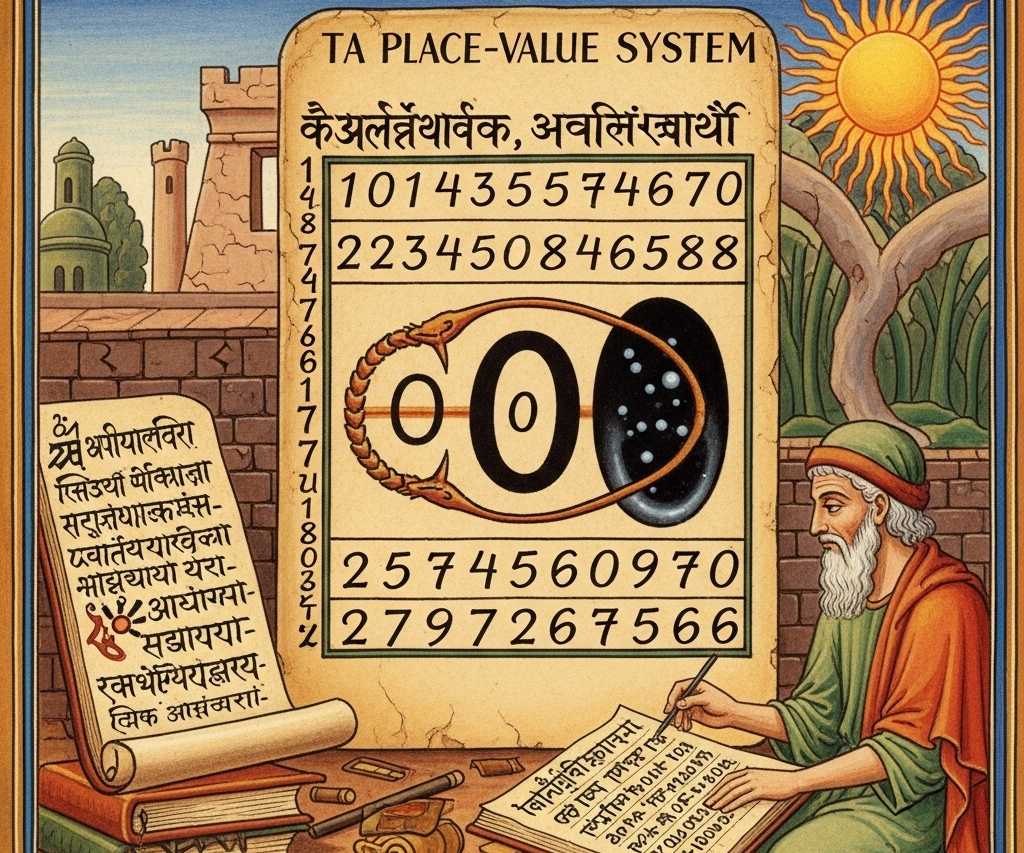
While the concept of zero as a placeholder had earlier roots in India, Aryabhata’s work masterfully and effectively utilized the place-value system. He employed a unique alphabetic numeration system that streamlined complex calculations and clearly demonstrated a positional notation. This was a crucial step in the development and global adoption of the decimal system, including the concept of zero, which profoundly influenced mathematics worldwide.
Approximation of Pi (π):
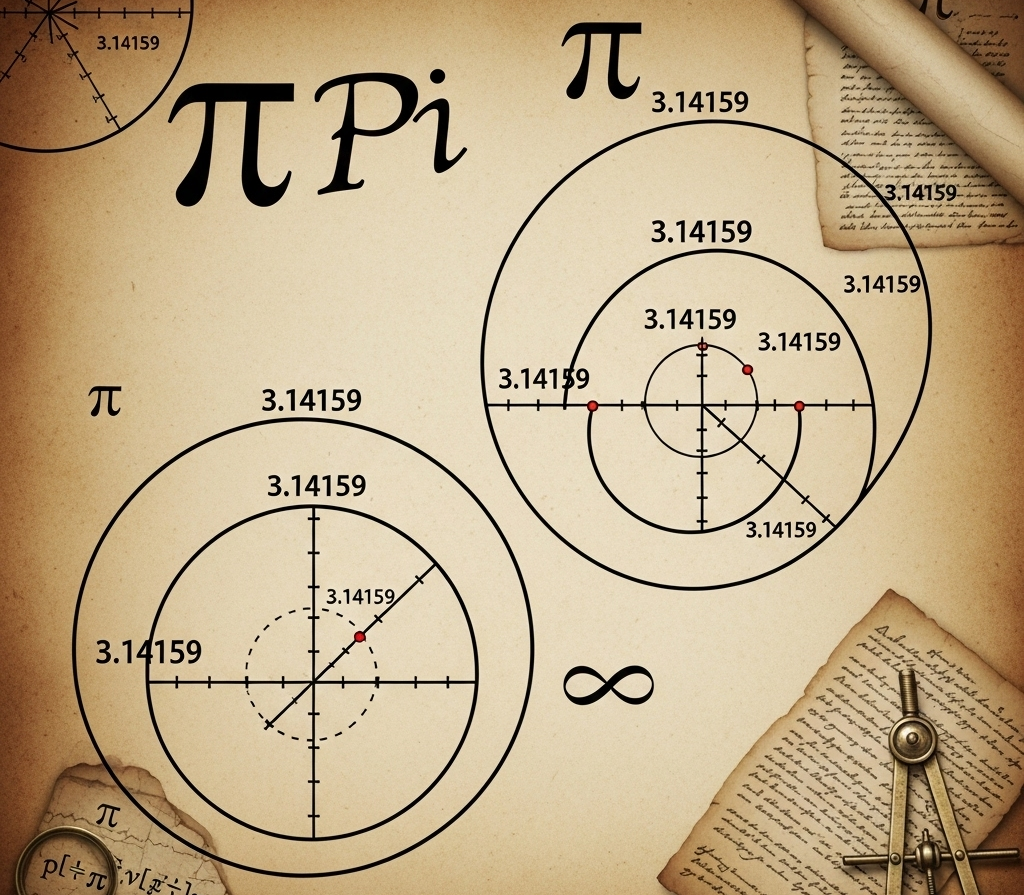
Aryabhata provided an astonishingly accurate approximation of π to four decimal places: 3.1416. He articulated it as: “Add four to one hundred, multiply by eight, and then add sixty-two thousand. The result is approximately the circumference of a circle of diameter twenty thousand.” This calculation leads to 200004+100×8+62000=2000062832=3.1416. Crucially, he also seemed to grasp that π was an irrational number and that his value was merely an approximation.
Trigonometry and Sine Function:

Aryabhata was a pioneer in trigonometry. He systematically defined the sine function, referring to it as “ardha-jya” (half-chord), and was the first to compile a table of sines at intervals of 3.75∘ from 0∘ to 90∘ with an accuracy of four decimal places. His definitions of sine (jya), cosine (kojya), versine (utkrama-jya), and inverse sine were fundamental to the birth of trigonometry. It’s fascinating that the modern terms “sine” and “cosine” actually stem from mistranscriptions of his original Sanskrit terms.
Algebra and Indeterminate Equations:
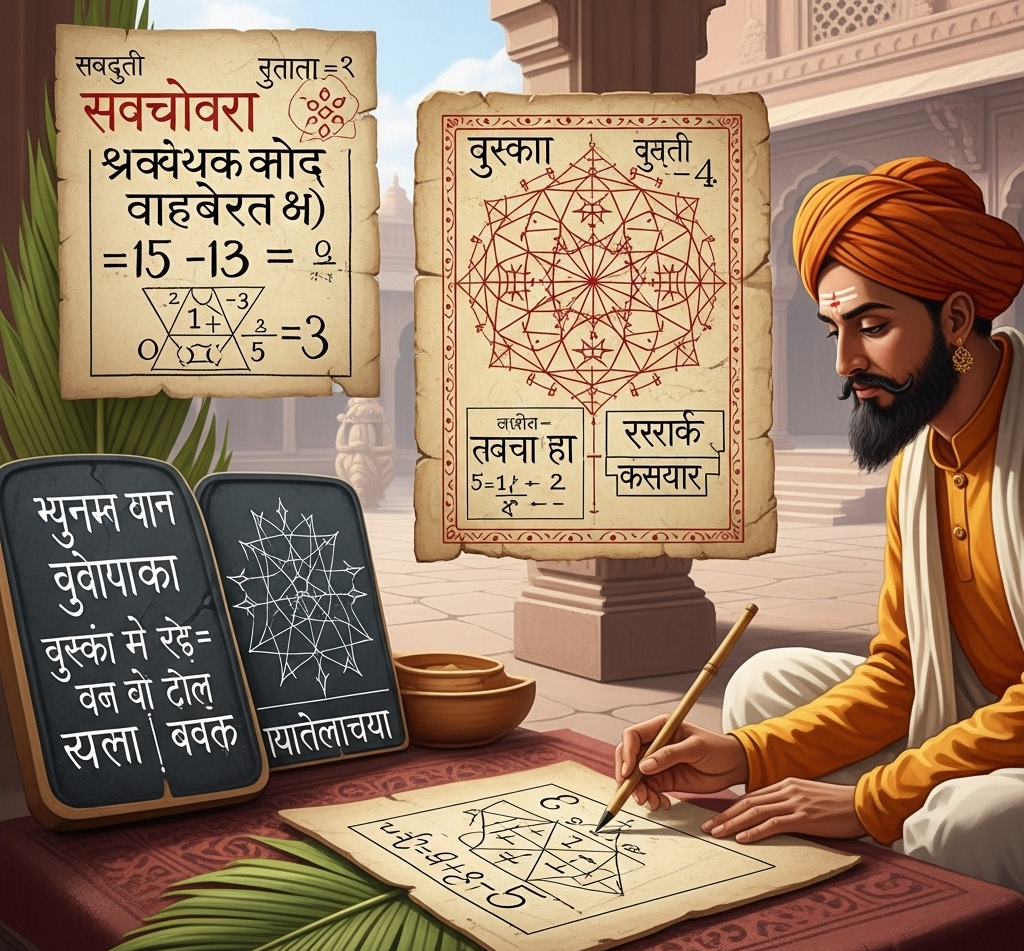
He provided solutions for various algebraic problems, including methods for solving quadratic equations and indeterminate equations of the type ax+by=c. His method for tackling such problems, later expanded upon by commentators, is known as the kuṭṭaka method, meaning “pulverizing,” which is a recursive algorithm similar to continued fractions.
Arithmetic Operations

He laid out detailed rules for basic arithmetic operations like addition, subtraction, multiplication, and division, along with methods for calculating square roots and cube roots.
In Astronomy:
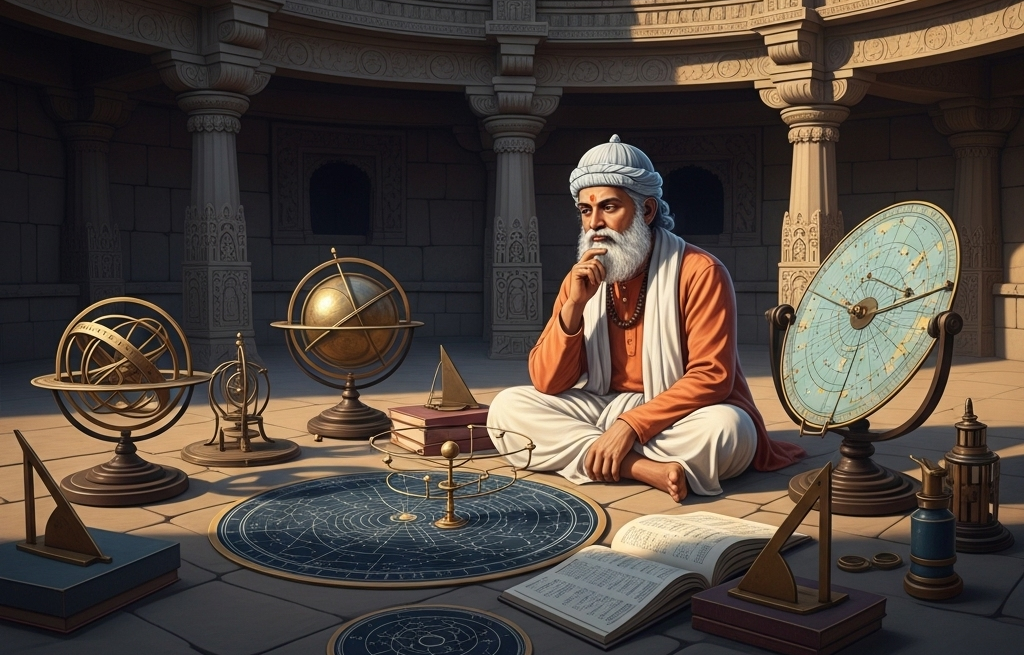
Earth’s Axial Rotation:

One of Aryabhata’s boldest and most prophetic theories was his assertion that the Earth rotates on its own axis. He explained that the apparent daily motion of the stars and heavens is a result of this rotation, a revolutionary idea that directly challenged the prevailing geocentric view of a stationary Earth with a rotating sky. He famously illustrated this with an analogy: “Just as a man in a boat moving forward sees the stationary objects (on the shore) as moving backward, just so are the stationary stars seen by the people on earth as moving exactly towards the west.”
Heliocentrism (Potential Glimmers):

While the primary model described in his Aryabhatiya is geocentric (with the Sun and Moon on epicycles around the Earth), some historians propose that his underlying calculations for planetary speeds and anomalies hint at a nascent understanding or a model that could be interpreted as heliocentric, where planets orbit the Sun. This intriguing possibility continues to be debated among scholars.
Scientific Explanation of Eclipses:

Aryabhata offered precise scientific explanations for both solar and lunar eclipses, attributing them to the shadows cast by the Earth and the Moon, respectively. He effectively debunked the common mythological beliefs that blamed eclipses on demons (Rahu and Ketu). He also discussed the size and extent of Earth’s shadow and provided methods for calculating the size of the eclipsed portion.
Planetary Motion and Orbits:
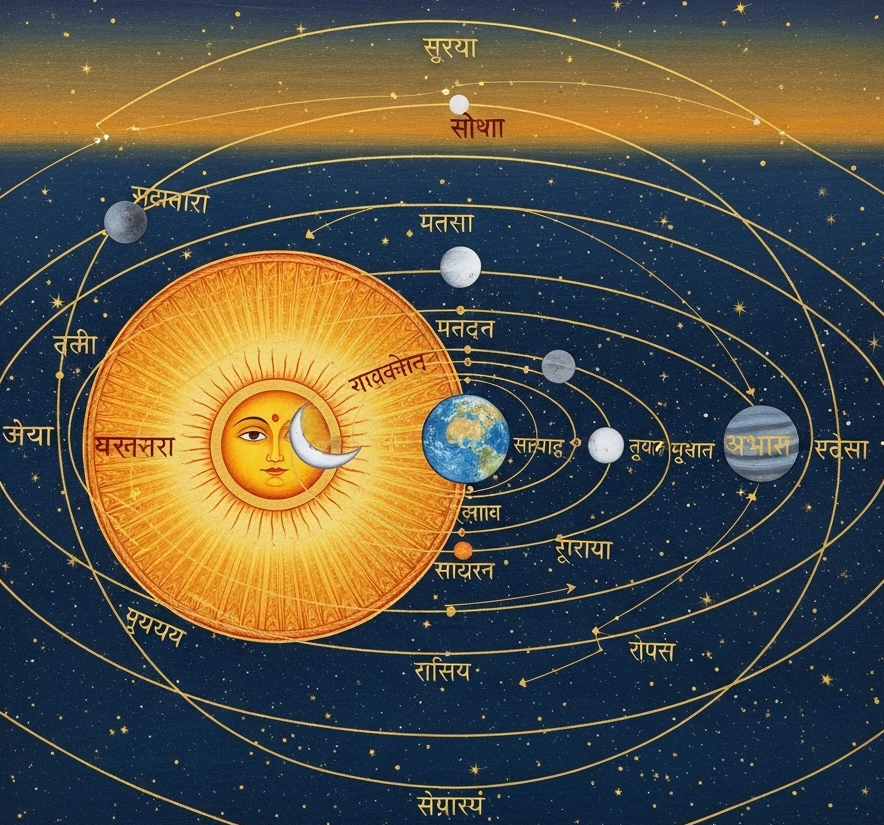
He correctly stated that the Moon and planets shine by reflected sunlight. Even though his model was largely geocentric, he presented sophisticated calculations for planetary positions and sidereal periods. He even showed remarkable foresight in suggesting that the orbits of planets might be elliptical, long before Johannes Kepler’s groundbreaking work.
Accurate Time Calculations:

Aryabhata made astonishingly accurate calculations for the length of a sidereal day (23 hours, 56 minutes, 4.1 seconds, remarkably close to the modern value of 23:56:4.091) and the length of a sidereal year (365 days, 6 hours, 12 minutes, 30 seconds, only slightly off from today’s accepted value).
Earth’s Circumference:
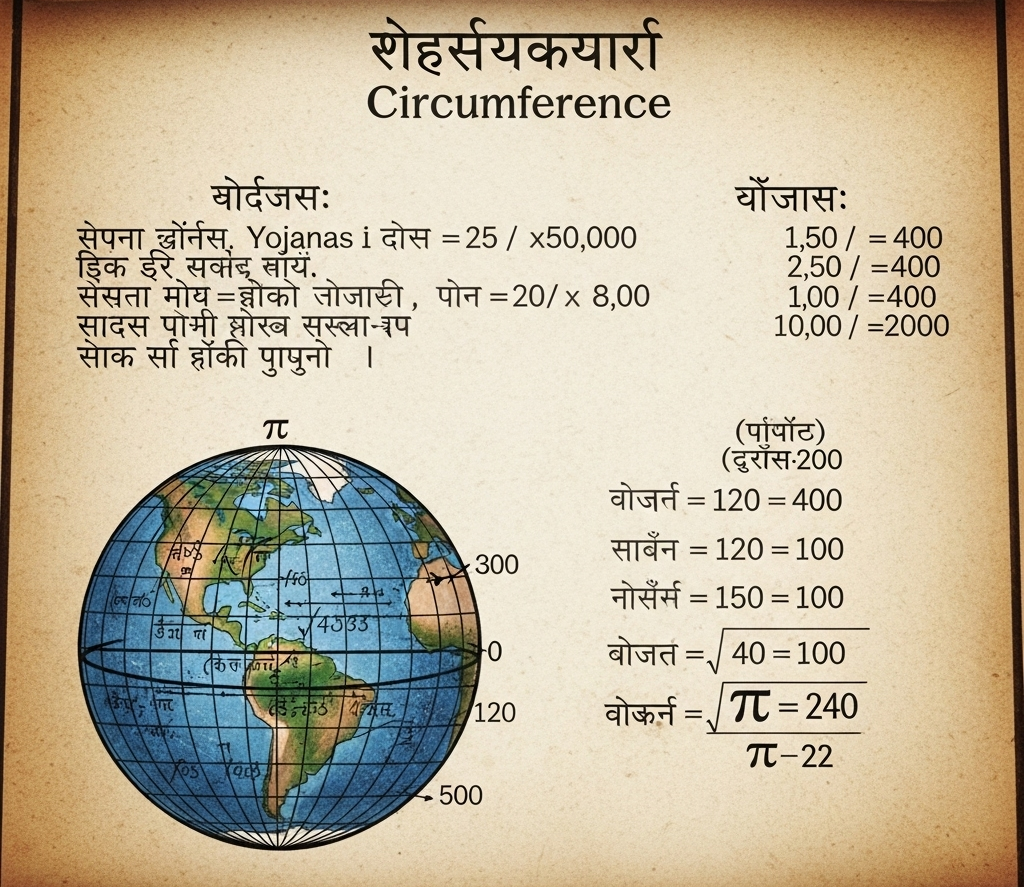
He calculated the circumference of the Earth with impressive precision. His estimate, roughly 39,968 km (24,835 miles), is incredibly close to the modern accepted value of approximately 40,074 km.
Legacy and Influence

Aryabhata’s work has left a profound and lasting impact on the world:
Influence on Indian Astronomy and Mathematics:

His Aryabhatiya became a foundational text for generations of Indian mathematicians and astronomers. Later scholars like Bhaskara I and Nilakantha Somayaji wrote extensive commentaries that expanded upon his ideas, underscoring his continued relevance.
Transmission to the Islamic World:
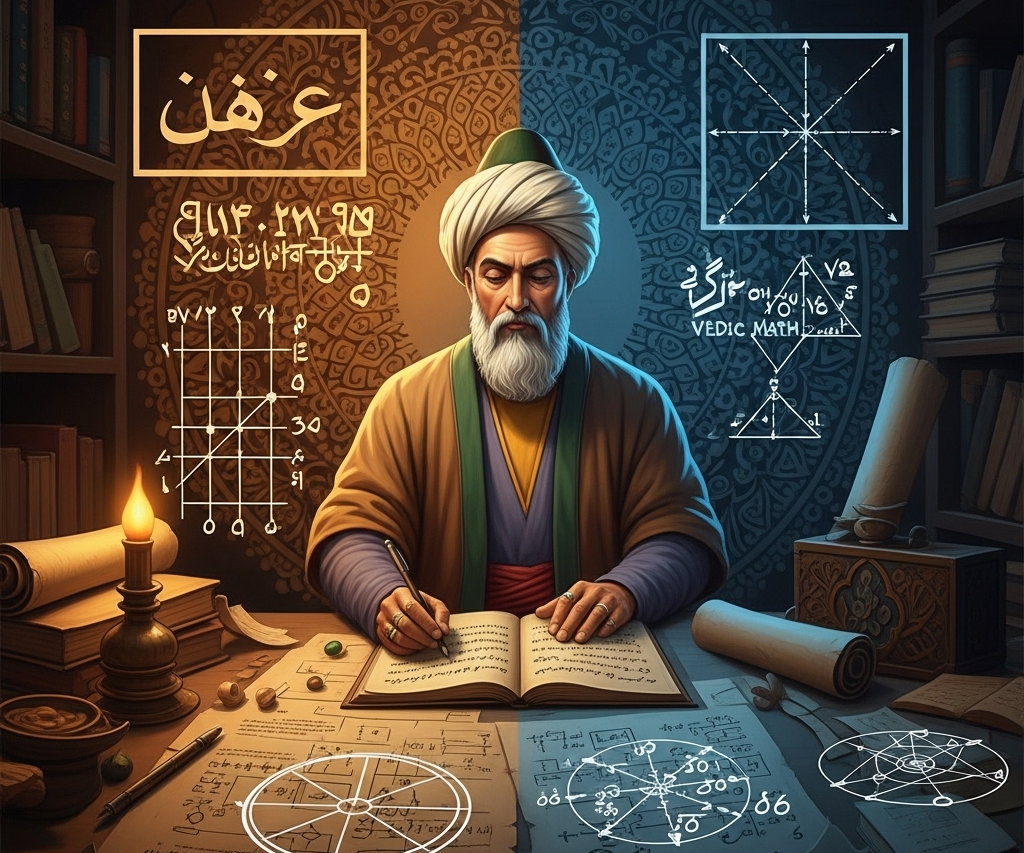
Aryabhata’s theories and methods were translated into Arabic during the Islamic Golden Age (around 800-820 CE), most notably by Al-Khwarizmi. These translations were pivotal in the adoption of the Hindu-Arabic numeral system, including the concept of zero and the decimal place-value system. This system then traveled from the Islamic world to medieval Europe, fundamentally reshaping global mathematics. His trigonometric tables and astronomical calculation methods were widely used in the Islamic world for creating zijes (astronomical tables).
Impact on Global Science:

His contributions to algebra, trigonometry, and positional notation were essential building blocks for modern mathematics. His insights into heliocentrism, though not immediately embraced in his own time, represent a significant intellectual leap that foreshadowed later scientific revolutions in Europe.
Modern Recognition:

In modern India, Aryabhata is revered as a national scientific hero. India’s first satellite, launched in 1975, was fittingly named “Aryabhata” in his honor, symbolizing his enduring legacy in space science and mathematics. Numerous educational institutions and awards also bear his name.
